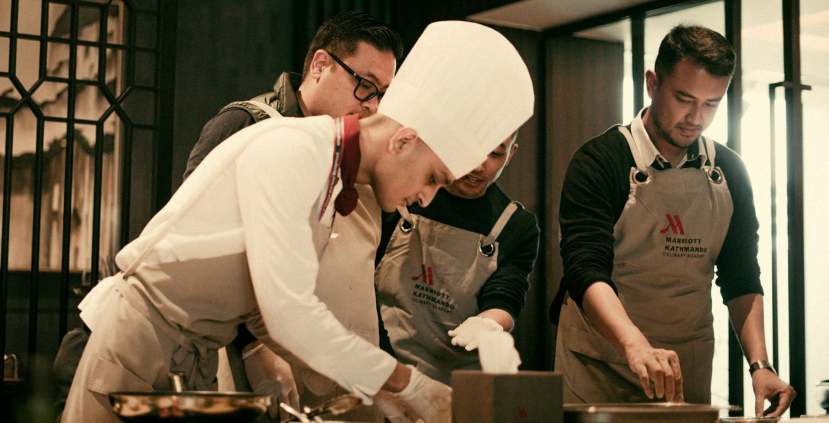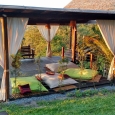
Outdoor cooking classes are fast becoming a go-to activity for both serious foodies and casual grillers, mixing the excitement of live-fire cooking with the joys of eating outdoors. Imagine spending a sunny Saturday learning to make pizza in a neighbor’s brick oven or mastering grilling over a rustic fire pit. These classes are more than just a way to sharpen your cooking skills; they’re about building community and sharing experiences.

As these classes gain popularity, they offer great opportunities to learn and teach. Taking time to reflect after each session can significantly improve your approach and deepen the whole experience. Ordering a professionally written 1000 word essay can be a huge help in structuring an outline for your research paper, capturing the essence of your cooking adventures.

You want a place that’s not only spacious but also safe from any stray sparks or flames. Think about using a flat, open area away from low-hanging branches or anything flammable.
Once you’ve got the perfect spot, set up different cooking stations and arrange seating so everyone can see and participate. A good layout might include a main station for demonstrations and smaller, individual stations for hands-on practice. Don’t forget comfortable seating for your guests, maybe some picnic tables or benches.
Safety is key, so ensure you have fire extinguishers and first aid kits easily accessible. And of course, all your cooking gear — like grill grates, wood for the oven, utensils, and protective gloves — should be ready to go.
With a well-organized space, your cooking class will run smoothly and safely, leaving everyone free to enjoy the delicious results!

When planning the curriculum for your outdoor cooking class, consider the exciting potential of wood-fired cooking, even for the simplest dishes. Here’s how to structure your lessons for success:

Once your outdoor cooking class is ready, it’s time to get the word out. Start by promoting it on social media. Platforms like Instagram and Facebook are perfect for sharing photos and videos of your setup and cooking process. Use local community boards, both online and offline, to reach nearby foodies who might be interested.
For registration, keep it simple. Use online tools like Google Forms or Eventbrite to track sign-ups and manage payments. When it comes to fees, consider offering early-bird discounts to encourage quick sign-ups.
Besides, make a checklist of everything you’ll need, from ingredients to cooking tools, and ensure you have enough for everyone. To add value, provide handouts or digital copies of the recipes you’ll cover. You could also offer participants a small takeaway, like a jar of homemade seasoning, to keep them excited about trying out what they’ve learned at home.

Before diving into your full outdoor cooking class schedule, hosting a pilot class is a smart move. It gives you a chance to iron out any kinks and gather honest feedback from participants. Ask them what they enjoyed, what could be improved, and any ideas they have for future classes. Use this feedback to tweak your setup, curriculum, and overall approach.
After each class, take a moment to reflect. Consider what went well and what didn’t quite hit the mark. Did the recipes resonate with everyone? Was the pace comfortable for all skill levels? Reflection helps you refine your teaching methods and improve your curriculum for the next session.
Hosting outdoor cooking classes is about creating connections and learning together. The personal and communal benefits are immense, from improving your cooking and teaching skills to building a sense of community. So, take the plunge, have fun with it, and good luck!

